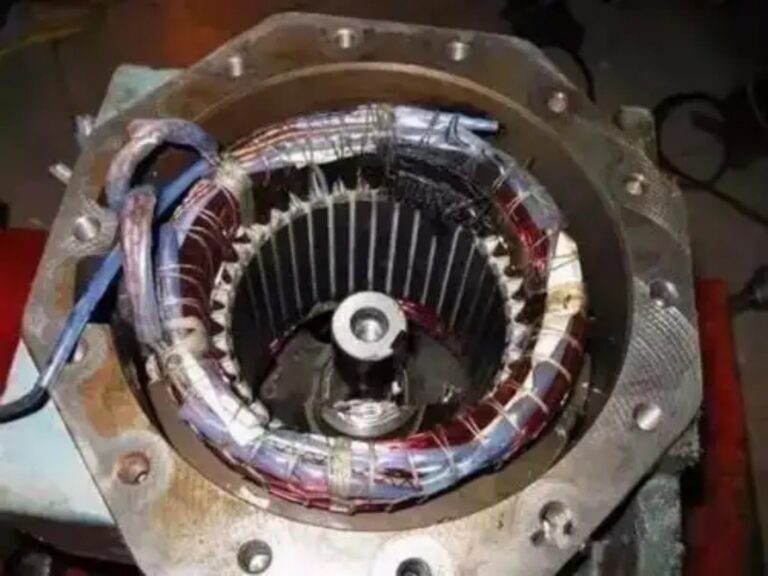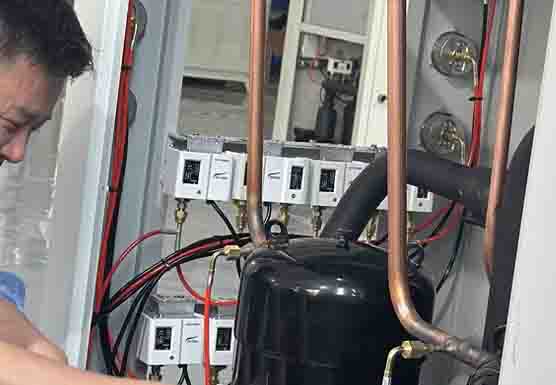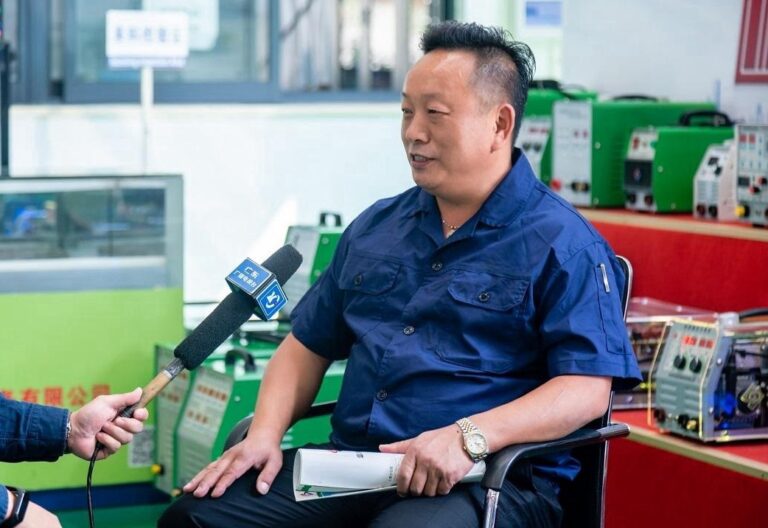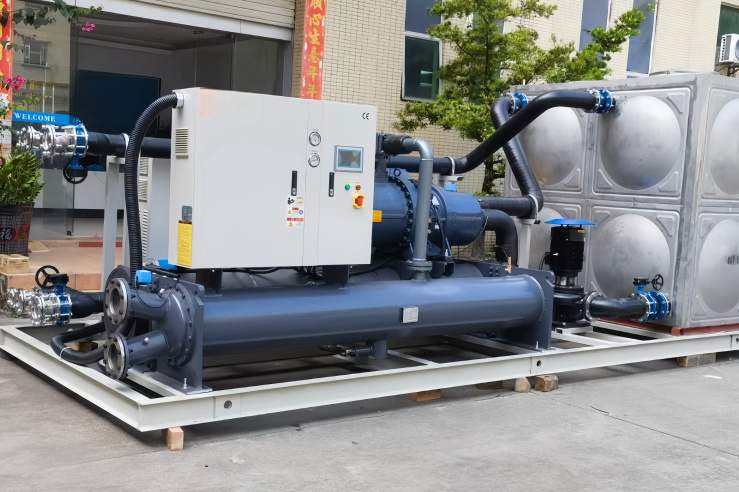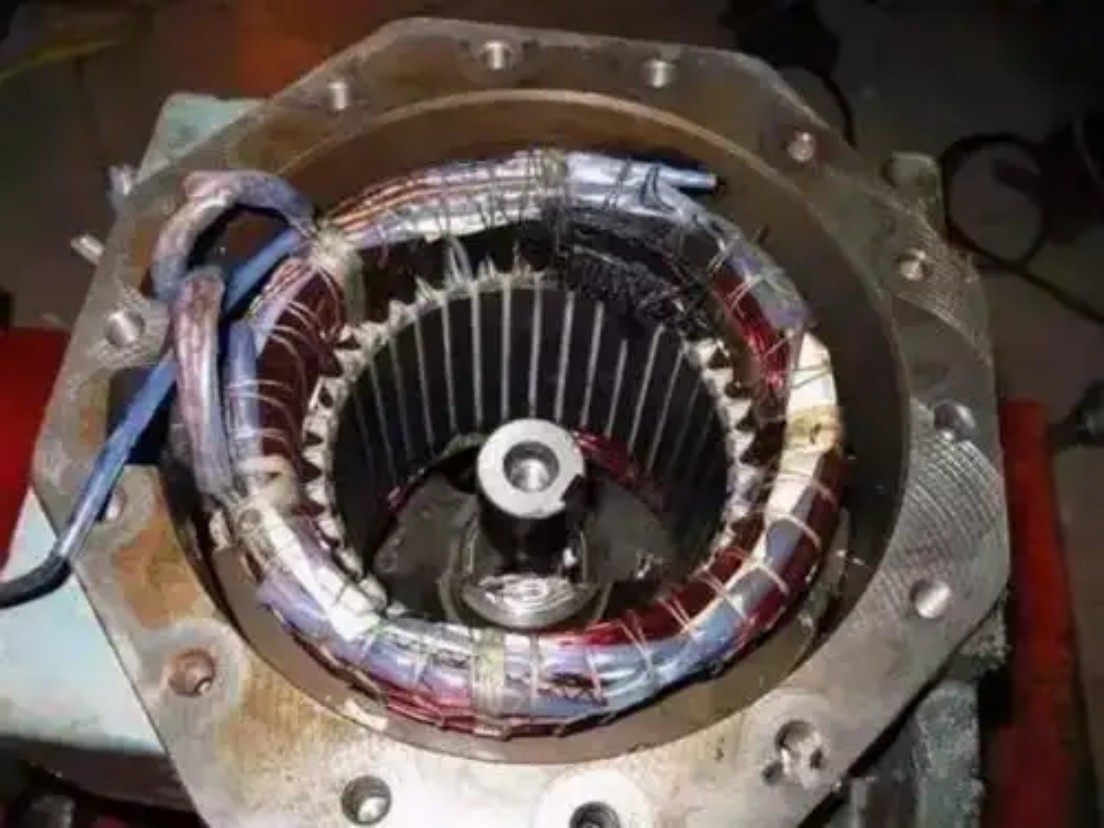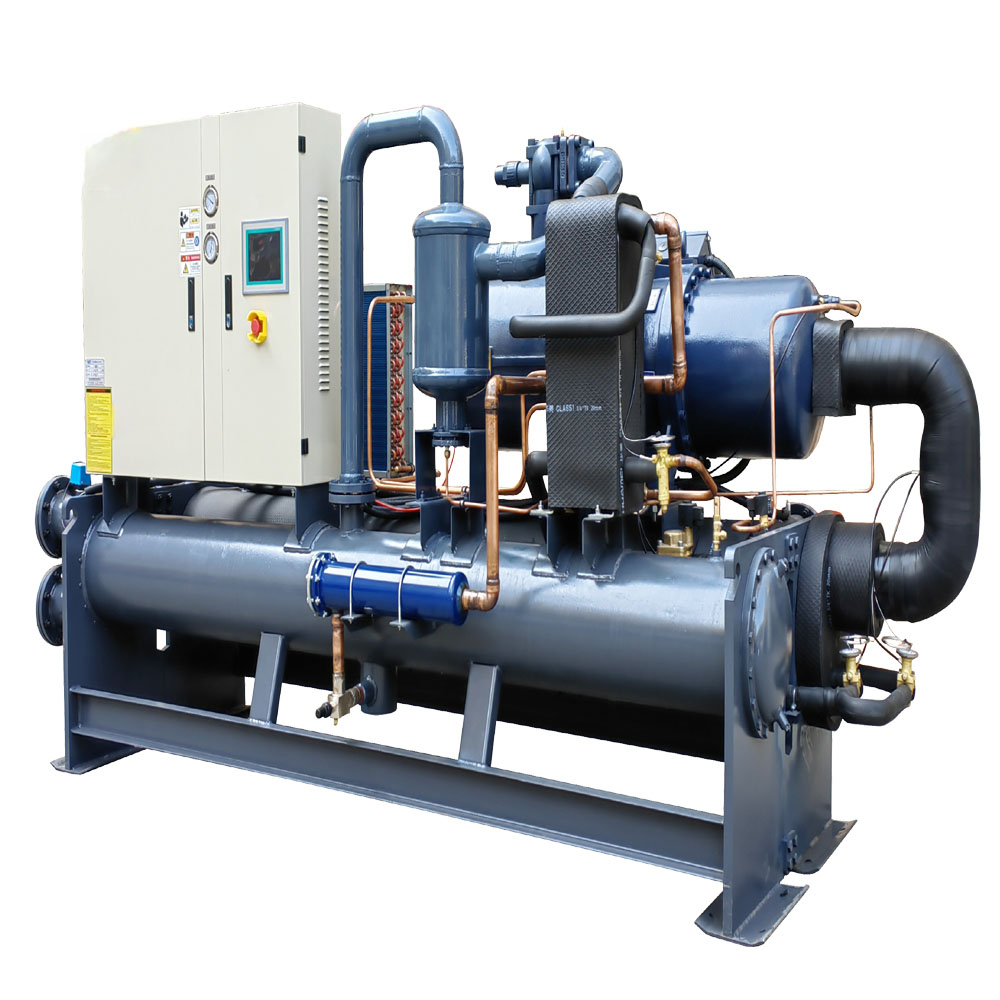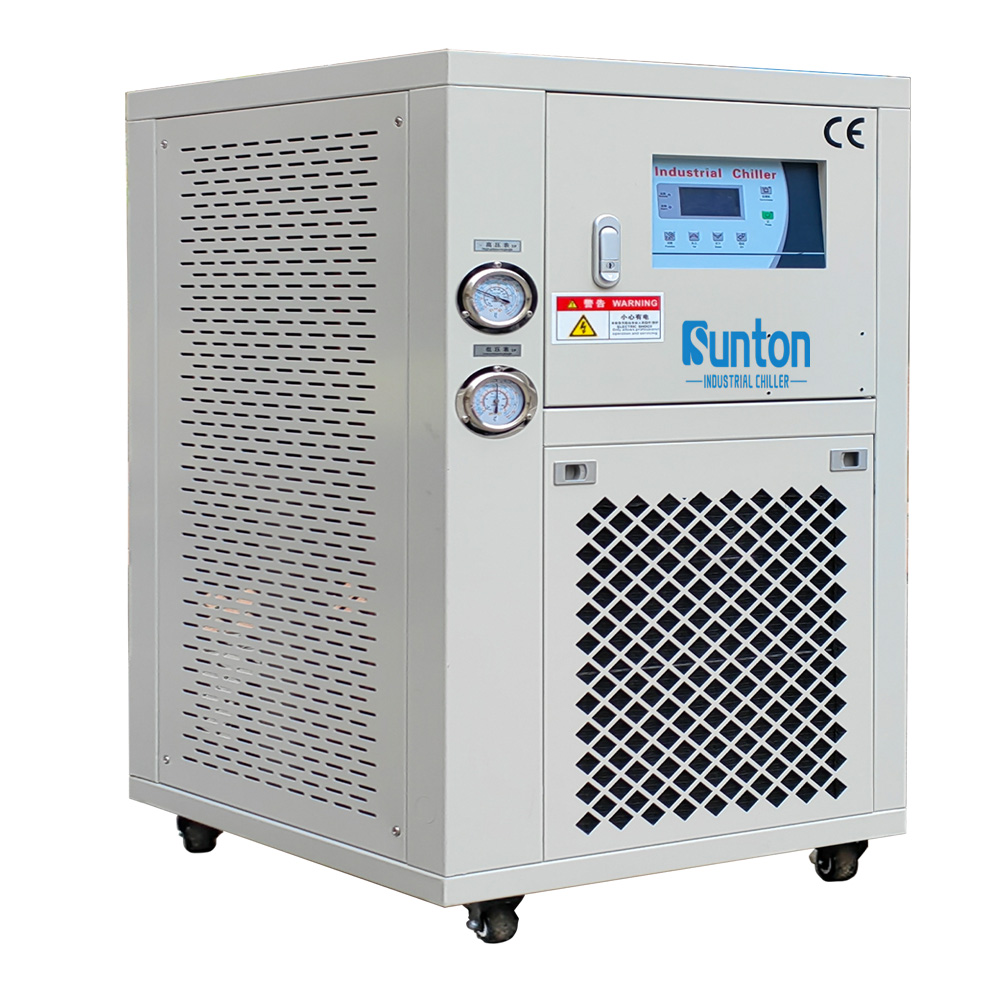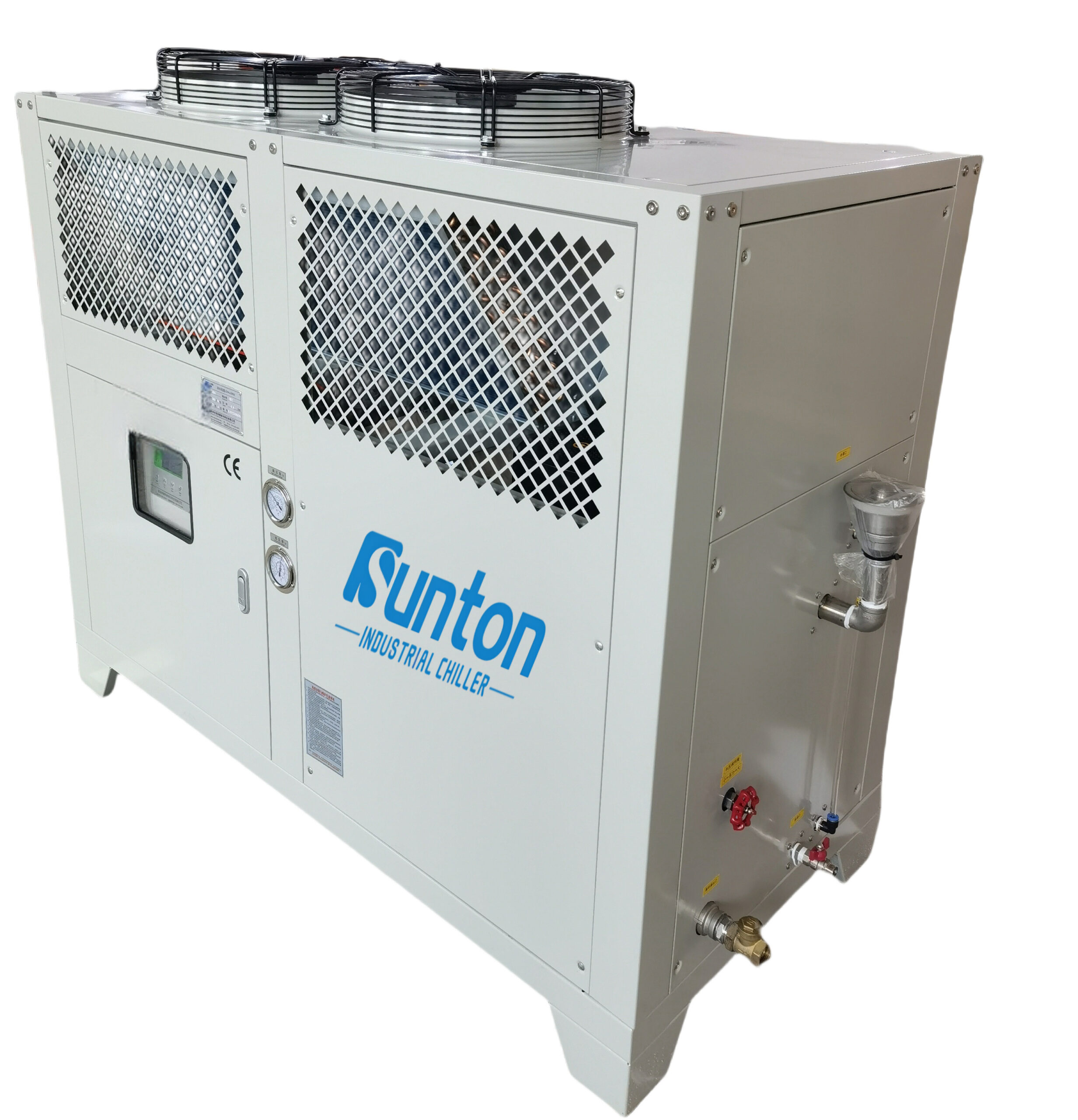-
Dalingshan Industrial Guangdong
Memilih Pendingin Industri yang Tepat: Panduan oleh produsen
Memilih Pendingin Industri Terbaik: Panduan 6 Langkah untuk Industri Makanan dan Minuman
Memastikan suhu optimal di Industri Makanan dan Minuman sangat penting bagi kualitas dan keamanan produk. Rahasia untuk mencapai hal ini terletak pada pemilihan bahan yang tepat pendingin industri memainkan peran penting dalam aplikasi pendinginan industri.Selamat datang di panduan komprehensif yang dirancang untuk membantu Anda pilih pendingin terbaik untuk aplikasi Anda melalui proses enam langkah yang strategis.
Daftar Isi
Mengapa Pendingin Industri Sangat Penting
Pendingin industri sangat penting dalam sistem pendinginan dan memastikan kinerja sistem yang konsisten dalam pengaturan pendinginan industri Anda. Industri Makanan dan Minuman untuk menjaga kualitas dan konsistensi produk. Pendingin ini Bahasa Inggris: bagian penting operasi sehari-hari, memastikan bahwa suhu dikontrol untuk keselamatan dan kualitas optimal.
- Pelestarian suhu saat chiller beroperasi sangatlah penting:Pendingin membantu memperpanjang umur simpan barang yang mudah rusak.
- KeamananPastikan produk disimpan pada suhu aman untuk menghindari pembusukan.
- Efisiensi: Memfasilitasi solusi pendinginan hemat energi untuk menghemat biaya operasional.
Pendingin industri dirancang untuk memenuhi kebutuhan pendinginan tertentu, menjadikannya sangat diperlukan dalam industri ini.
Faktor yang Perlu Dipertimbangkan Saat Membeli Chiller
Saat membeli pendingin industri, pertimbangkan persyaratan spesifik sistem pendingin Anda., beberapa faktor ikut berperan untuk memastikan Anda memilih yang tepat untuk kebutuhan Anda.
Pertimbangan Utama
- Kapasitas PendinginanTentukan total kapasitas pendinginan yang diperlukan untuk proses Anda.
- Ukuran Pendingin:Memilih pendingin berukuran tepat membantu Anda memilih solusi yang paling efisien dan hemat biaya.
- Jenis PendinginTentukan antara pendingin berpendingin udara dan berpendingin air berdasarkan lingkungan dan kebutuhan Anda.
Dengan memperhatikan faktor-faktor ini, Anda dapat mengamankan pendingin yang memenuhi semua persyaratan operasional, memaksimalkan efisiensi dan keandalan.
Memahami Jenis-jenis Pendingin: Berpendingin Udara vs Berpendingin Air
Memilih antara pendingin berpendingin udara dan pendingin berpendingin air merupakan keputusan penting yang memengaruhi biaya operasional dan kinerja.
Pendingin Berpendingin Udara
- Keuntungan: Memerlukan lebih sedikit perawatan dan biasanya lebih mudah dipasang karena menggunakan suhu udara sekitar untuk pendinginan.
- Ideal Untuk: Instalasi luar ruangan di iklim sedang.
Pendingin Berpendingin Air
- Keuntungan: Sangat efisien dengan kapasitas pendinginan yang lebih besar, cocok untuk operasi yang lebih besar.
- Ideal Untuk: Instalasi dalam ruangan atau area dengan suhu udara sekitar yang tinggi.
Pahami manfaat dan keterbatasan masing-masing untuk memilih pendingin terbaik untuk aplikasi Anda.
Cara Menghitung Ukuran Pendingin yang Tepat
Ukuran pendingin sangat penting dalam memastikan efisiensi energi dan efektivitas proses. pendingin berukuran besar bisa jadi boros, sedangkan pendingin berukuran kecil Pendingin yang ukurannya kecil mungkin akan kesulitan memenuhi permintaan.
Menentukan Ukuran Pendingin
- Perhitungan Beban Pendinginan: Ukur total beban panas yang dihasilkan proses Anda.
- Pertimbangan Laju Aliran: Perkirakan laju aliran melalui seluruh loop pendingin untuk menentukan ukuran pendingin yang dibutuhkan.
Menemukan ukuran pendingin yang tepat melibatkan penilaian persyaratan operasional dan kondisi lingkungan tertentu.
Memastikan Instalasi dan Pemeliharaan Chiller yang Efisien
Sesuai pemasangan pendingin dan pemeliharaan yang berkelanjutan sangat penting untuk umur panjang dan kinerja.
Tips Instalasi
- Instalasi Profesional: Libatkan spesialis pemasangan chiller yang berpengalaman untuk memastikan semuanya diatur dengan benar.
- Persiapan Lokasi:Pastikan lokasi pemasangan memenuhi semua kondisi yang diperlukan, termasuk: Pasokan air kota sering digunakan untuk sistem pendingin. dan persyaratan kelistrikan.
Strategi Pemeliharaan
- Inspeksi Reguler: Periksa sistem pendingin secara teratur untuk mengetahui kebocoran atau masalah kinerja.
- Peningkatan Sistem: Mempertimbangkan kinerja pendingin peningkatan untuk tetap efisien.
Dengan mengikuti praktik terbaik dalam pemasangan dan pemeliharaan, Anda memastikan umur dan efisiensi sistem pendingin Anda, seperti yang direkomendasikan oleh produsen pendingin Anda.
Hal yang Perlu Diketahui Tentang Manajemen Suhu dan Cairan Pendingin
Manajemen suhu yang efektif dalam pendingin industri berputar di sekitar pemilihan yang tepat cairan pendingin dan mempertahankan suhu ideal.
Memilih Cairan Pendingin
- Kompatibilitas Proses: Verifikasi bahwa cairan pendingin kompatibel dengan aplikasi Anda.
- Jenis-jenis FluidaPertimbangkan campuran glikol, air, atau refrigeran berdasarkan kebutuhan operasional.
Pengaturan Suhu
Memahami dan menjaga suhu cairan pendingin sangat penting untuk mencegah potensi kerusakan pada unit pendingin dan memastikan kinerja sistem yang konsisten.
Fitur Kinerja Pendingin Terbaik yang Perlu Diperhatikan
Pendingin modern menawarkan berbagai fitur yang meningkatkan efisiensi dan kegunaan.
Fitur Penting
- Kontrol Cerdas: Sistem yang dilengkapi dengan kontrol cerdas meningkatkan ketepatan pengaturan suhu dan penghematan energi.
- Kompresor Berkualitas Tinggi: Pilihlah pendingin dengan kompresor yang kuat untuk pengoperasian yang andal dan berkelanjutan.
Dengan memprioritaskan fitur-fitur ini, Anda dapat memaksimalkan produktivitas dan keandalan sistem pendingin Anda.
Praktik Terbaik untuk Pendinginan Proses dalam Aplikasi Makanan dan Minuman
Pendinginan proses merupakan aktivitas kritis dalam Industri Makanan dan Minuman, membutuhkan sistem yang andal dan efisien.
Praktik yang Direkomendasikan
- Optimasi: Optimalkan pengaturan secara teratur agar sesuai dengan kebutuhan pendinginan, sehingga mengurangi penggunaan energi yang tidak perlu.
- Pemantauan: Memantau kinerja sistem secara terus-menerus melalui perangkat yang terhubung.
Menerapkan praktik ini membantu menjaga kualitas produk dan efisiensi operasional.
Apa fungsi utama pendingin industri?
Chiller industri adalah sistem pendingin yang menghilangkan panas dari beban proses dan mentransfernya ke lingkungan.
Bagaimana cara memilih pendingin yang tepat untuk fasilitas saya?
Menilai Anda kapasitas pendinginan persyaratan dan ruang yang tersedia, dan memutuskan antara sistem berpendingin air atau berpendingin udara berdasarkan kebutuhan proses Anda.
juga pertimbangkan kualitas air setempat.
Jenis perawatan apa yang dibutuhkan pendingin?
Pendingin memerlukan pemeriksaan rutin, penggantian cairan, dan penggantian komponen sesekali untuk memastikannya bekerja dengan lancar.
Mengapa memilih ukuran pendingin yang tepat penting?
Yang benar ukuran pendingin memastikan efisiensi energi, mencegah kelebihan beban, dan memenuhi kebutuhan pendinginan operasi Anda.
Daftar Periksa Perawatan Pendingin
Untuk memastikan waktu aktif yang tinggi dan memperpanjang umur pendingin industri, perawatan rutin sangatlah penting. Selain itu, pendingin yang dirawat dengan baik biasanya mengonsumsi lebih sedikit daya, sehingga memberikan keuntungan ekstra.
Di bawah ini, kami merinci langkah-langkah pemeliharaan harian, mingguan, bulanan, dan tahunan untuk membantu menjaga pendingin industri berfungsi optimal.
Daftar Periksa Perawatan Pendingin Harian
Tugas harian untuk menjaga agar pendingin Anda bekerja dengan lancar meliputi:
- Verifikasi suhu air dingin yang masuk dan keluar dari sistem pendingin.
- Periksa dan konfirmasikan suhu air kondensor yang masuk dan keluar sistem.
- Periksa daya dan arus yang ditarik oleh kompresor.
- Pantau level dan suhu oli bak oli.
- Rekam tekanan di kondensor dan evaporator.
- Ambil dan catat pembacaan tekanan oli.
- Dengarkan adanya suara atau getaran yang tidak biasa dari sistem pendingin.
Daftar Periksa Perawatan Pendingin Mingguan
Pemeliharaan mingguan meliputi:
- Memeriksa dan menambahkan level oli di bak oli bila perlu.
- Menggunakan kaca penglihatan untuk memeriksa level cairan.
- Memeriksa pipa dan kumparan untuk melihat adanya kebocoran.
- Memeriksa kondisi eksterior kondensor.
- Mengamati pendingin untuk mendeteksi adanya suara atau getaran yang tidak biasa.
- Merekam semua suhu dan tekanan pengoperasian, memastikan semuanya berada pada level normal.
Daftar Periksa Pemeliharaan Pendingin Bulanan
Lakukan pemeriksaan bulanan berikut ini:
- Periksa komponen untuk tanda-tanda keausan.
- Verifikasi tingkat pelumasan pada pompa dan motor sentrifugal; tambahkan pelumasan jika diperlukan.
- Bersihkan kondensor dan kumparannya.
- Bersihkan saringan air kondensor.
- Operasikan pendingin pada beban penuh dan periksa level cairan di evaporator.
- Periksa suhu operasional motor kompresor, pastikan tidak terlalu panas.
Daftar Periksa Pemeliharaan Pendingin Tahunan
Selain pemeliharaan yang berkelanjutan, atur waktu henti yang terencana untuk:
- Pencucian kimiawi pada kumparan kondensor.
- Mengganti semua filter oli.
- Mengganti oli, hanya menggunakan jenis yang telah disetujui.
- Meluruskan sirip dan kipas pada kondensor berpendingin udara.
- Memeriksa dan mengganti filter saluran cairan jika perlu.
- Memeriksa saringan air dan menggantinya jika perlu.
- Menilai kualitas air yang bersirkulasi dalam kondensor berpendingin air dan menggantinya jika perlu.
- Melumasi bagian yang bergerak pada katup isolasi.
- Memverifikasi pengoperasian sakelar batas katup dan peredam baling-baling.
- Memeriksa kondisi fisik panel starter.
- Memeriksa dan mengganti komponen kelistrikan seperti kontaktor dan lug terminal.
- Memeriksa dan mengencangkan sambungan listrik yang longgar.
Praktik Terbaik untuk Memelihara Pendingin Industri
Profesional pemeliharaan menganjurkan praktik terbaik tertentu:
- Kebersihan:Menjaga chiller dan lingkungan sekitarnya tetap bersih akan meningkatkan efisiensi dan kinerja.
- SOP dan Daftar PeriksaMengembangkan prosedur operasi standar untuk semua kegiatan pemeliharaan dan menggunakan daftar periksa untuk memastikan tugas memenuhi standar yang disyaratkan.
- Catatan Pemeliharaan: Dokumentasikan semua aktivitas pemeliharaan dan pengukuran, menggunakan platform seperti CMMS untuk menyimpan data dengan mudah.
- Jadwal Pencegahan: Menyelaraskan jadwal pemeliharaan preventif dengan rekomendasi OEM dan mengumpulkan masukan dari teknisi berpengalaman.
- Air yang diolah: Gunakan air yang diolah untuk meminimalkan korosi dan pembentukan kerak dalam saluran.
- Pengujian Minyak: Uji kualitas oli secara berkala menggunakan analisis spektrometri dan ganti jika terdeteksi adanya penurunan kualitas.
Rekomendasi ini berfungsi sebagai panduan umum, dan frekuensi pemeliharaan harus disesuaikan berdasarkan usia peralatan, kondisi, dan keadaan operasional.
Menjaga Peralatan Industri Anda Tetap Terkendali
Pendingin industri sangat penting untuk operasi, sehingga memerlukan perawatan yang cermat. Menggunakan sistem CMMS dapat memperlancar pengelolaan semua aktivitas perawatan, termasuk perawatan pendingin. Jika Anda ingin mengetahui lebih lanjut tentang Limble CMMS, silakan minta demo, hubungi kami, atau mulai uji coba gratis.
Kesimpulan: Berinvestasi pada Pendingin yang Tepat
Memilih yang tepat pendingin industri sangat penting untuk efisiensi dan efektivitas operasi Anda di Industri Makanan dan MinumanDengan mempertimbangkan faktor-faktor seperti jenis, ukuran, dan kebutuhan cairan, Anda dapat memastikan manajemen suhu dan kualitas produk yang optimal. Untuk solusi pendinginan yang disesuaikan untuk memenuhi kebutuhan spesifik Anda, Hubungi kami hari ini.
Hal-hal Penting yang Dapat Dipetik
- Pahami Kebutuhan Anda: Mengevaluasi kebutuhan pendinginan dan kebutuhan spesifik proses.
- Pilihlah dengan Bijak: Pertimbangkan faktor-faktor seperti jenis, ukuran, dan lingkungan instalasi.
- Pastikan Efisiensi: Pilih fitur hemat energi dan perawatan rutin.
Untuk wawasan lebih jauh, jelajahi berbagai jenis pendingin seperti Pendingin Air Sekrup Berpendingin Air dan temukan solusi inovatif di Menara Pendingin.

